“…We are poor little lambs
Who have lost our way?
Baa! Baa! Baa!
We are little black sheep
Who have gone astray.
Baa! Baa! Baa!
Gentlemen songsters off on a spree
Damned from here to eternity
God have mercy on such as we.
Baa! Baa! Baa!”
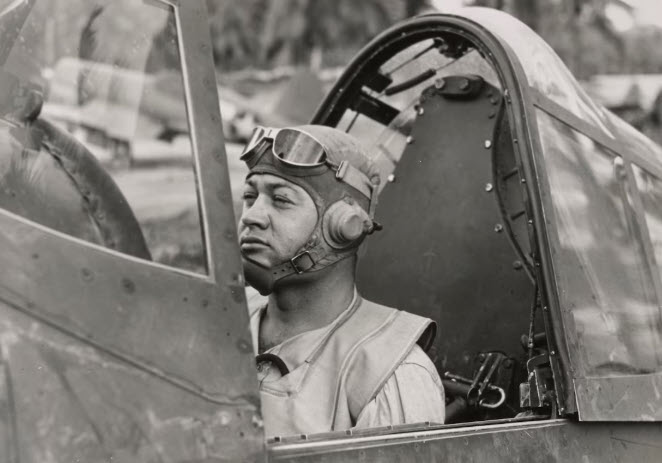
From Espiritu Santo, the Squadron was moved forward to Guadalcanal and Henderson Airfield in the Solomon Islands. At first, the Squadron was not assigned aircraft or ancillary personnel; its pilots flew to Guadalcanal and later the Russell Islands in borrowed planes. From Guadalcanal, they would be moved to Munda and Vella Lavella. Originally, the Squadron called itself “Boyington’s Bastards” after its new commander, for the fact that all the pilots had been “orphans” and not attached to a squadron when they got together, and the fact they possessed few reliable planes and no mechanics. Although they dropped the moniker “Boyington’s Bastards,” the Squadron still retains the black bar of bastardy across its insignia. They chose for their badge the black shield of illegitimacy, the bar sinister, a black sheep superimposed, surrounded by a circle of 12 stars, and crowned with the image of their first aircraft, the Corsair.
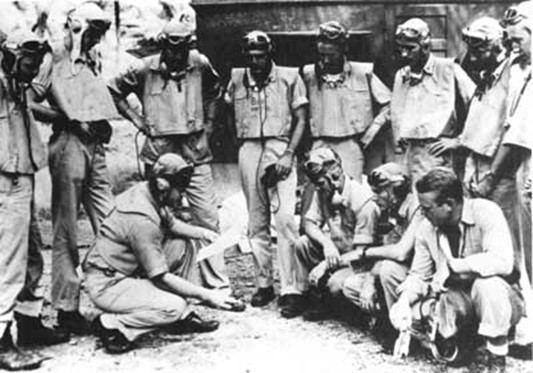
VMFA-214 in World War II and Post-War Operations
VMF-214 was reformed on 29 Jan 1944 at Marine Corps Air Station Santa Barbara near Goleta, California. They deployed aboard the aircraft carrier USS Franklin on 4 Feb1945 to join operations on Okinawa. On 19 Mar, a Japanese bomber hit USS Franklin. The explosion and resulting fire killed 772 people aboard Franklin, including 32 Black Sheep members; many of their aircraft were launching a strike on mainland Japan at the time. This ended VMF-214’s involvement in World War II. During the war, the Squadron suffered 23 pilots killed in action or missing and lost 48 aircraft to accidents or enemy contact. In April 1945, the Black Sheep were moved to Marine Corps Air Station El Centro, CA, and then to MCAS El Toro, CA, in October 1945. In the next few years, the Black Sheep deployed for operations aboard USS Rendova, USS Bairoko, USS Badoeng Strait, and USS Boxer.

The Black Sheep’s Transition (VMFA-214) to Modern Aviation and Missions
In the FJ-4B Fury, this Squadron logged over 27,000 hours, including a stretch of over 20,000 accident-free flight hours. The Black Sheep were awarded, on 29 Aug 1961, the CMC safety award for the most outstanding safety record among Marine attack squadrons. In the fall of 1963, VMA-214 was selected as the first Marine Corps squadron to provide a detachment (“N”) to deploy on a WestPac cruise aboard USS Hornet. The detachment was assigned to intercept Soviet Tupolev Tu-95 Bear and Tupolev Tu-16 Badger aircraft flying toward the anti-submarine naval task force in the Sea of Japan. They returned home to MCAS Kaneohe Bay in Apr 1964. In May 1965, the Black Sheep were reassigned to Marine Aircraft Group 12, 1st Marine Aircraft Wing, Fleet Marine Force, Pacific, and moved to MCAS Iwakuni, Japan. On 21 Jun 1965, the first Black Sheep division flew into Chu Lai, Republic of Vietnam, landing on 4,000 feet of SATS runway. The unit rotated out of Vietnam in Feb 1966 to pick up new pilots and personnel. In Apr 1966, they deployed back to Chu Lai, where they flew more combat missions. The Black Sheep squadron put up 14,000 hours in combat, 13,000 sorties, and dropped more than 10,000 tons of ordnance, being awarded the Navy Unit Commendation with a Bronze Star.
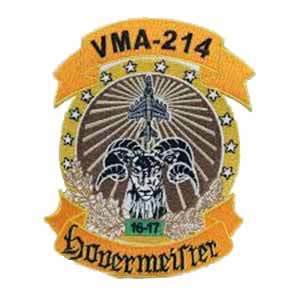
The Legacy and Continued Impact of VMFA-214
In 1989, Black Sheep completed 30,000 accident-free hours in six years of flying. In June of that year, they introduced single-seat fixed-wing night attack aircraft to the Marine Corps with the first operational Squadron of AV-8B Harrier IIs. In Jul 1993, the Black Sheep conducted a dedicated Night Systems deployment to the Marine Corps Air Ground Combat Center at Twenty-Nine Palms, CA. From Dec 1993 to Jul 1994, Marines of VMA-214 deployed aboard USS Peleliu and participated in Operation Restore Hope and Operation Quick Draw off the coast of Somalia. During this deployment, their Det B participated in Operation Distant Runner in Burundi and Rwanda. In Oct 1994, a detachment embarked aboard USS Essex to support the 13th Marine Expeditionary Unit. While deployed, the detachment supported Operation Southern Watch in Southwest Asia and Operation United Shield off the coast of Somalia. During Apr 1996, MAS 214 again deployed a detachment aboard USS Tarawa in support of the 13th MEU active in Operation Southern Watch off the coast of Kuwait and Operation Desert Strike in Northern Iraq. In 1998-99, the Black Sheep Squadron deployed aboard USS Boxer, heading directly to the North Persian Gulf to take part in Operation Desert Fox.
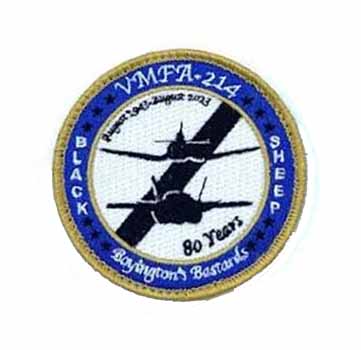
The Squadron next deployed again to MCAS Iwakuni, Japan, while Det Bravo sailed in support of the 13th MEU aboard USS Tarawa. During this period, the Marines of VMA-214 participated in humanitarian operations in East Timor and Indonesia. One month later, the detachment was off the coast of Yemen with the 13th MEU(SOC) participating in Operation Determined Response, the recovery of the destroyer USS Cole. VMA-214 was twice deployed in support of Operation Iraqi Freedom, the first time during the 2003 invasion of Iraq and again from Feb-Aug 2004, when they were based out of Al Asad. The Squadron deployed to Afghanistan in May 2009 as part of the 2nd Marine Expeditionary Brigade. They returned to MCAS Yuma in November 2009 after having flown some 3,000 hours on a six-month tour. During the deployment, they were based out of Kandahar International Airport as part of Marine Aircraft Group 40, which provided close air support and aerial reconnaissance. Beginning in May 2009, a detachment from VMA-214 deployed in support of Operation Enduring Freedom and Combined Task Force 151 (CTF-151) with the 13th MEU. During the deployment, they supported the 2nd Marine Expeditionary Brigade in southern Afghanistan and counter-piracy operations off the coast of Africa. On 25 Mar 2022, the Squadron was redesignated as Marine Fighter Attack Squadron 214 (VMFA-214) as it began accepting new F-35B Lightning II aircraft from the Lockheed Martin factory in Fort Worth, Texas.

The opening theme of the 1975 television series “Baa Baa Black Sheep,” the Whiffenpoof Song (Yale, 1909, derived from a Rudyard Kipling poem), has long been associated with VMA-214. One of the Squadron’s members, Paul “Moon” Mullen, adapted the tune and lyrics for the Squadron’s use. Pappy Boyington’s autobiography was titled “Baa Baa Black Sheep.” The United States Marine Corps averages between 2,800 and 3,400 pilots and has faced a pilot shortage, similar to the Navy and Air Force. Marine pilots undergo extensive training, including specialized flight and advanced training. They are taught to fly a variety of aircraft, including helicopters, planes, and hybrid machines. The Marine Corps offers flight training to its pilots as early as their freshman year of college. Marine Corps aviation officially began on 22 May 1912, when First Lieutenant Alfred Austell Cunningham reported to Naval Aviation Camp at Annapolis, MD, for duty in connection with aviation. In Feb 1957, VMA-214 became the first Marine squadron to be certified for “special weapons delivery”: dropping nuclear weapons. This unit had produced thirteen combat Aces as of 2020 and participated in direct action in twenty-six campaigns from WWII to the present.
2006 saw Marine Aviation at its highest operational level since the Vietnam War, flying more than 120,000 combat hours in support of operations in and near Afghanistan and Iraq. Despite aging aircraft and a high operating tempo, Marine Aviation maintained a 74.5% mission-capable rate. The basic tactical and administrative unit of USMC aviation is the Squadron. Fixed-wing and tilt-rotor aircraft squadrons are denoted by the letter “V,” which comes from the French verb “Voler” (to fly). Rotary wing squadrons use “H.” Squadrons flying lighter than air vehicles (balloons), which were active from World War I to 1943, were indicated by the letter “Z” in the naval squadron designation. Marine squadrons are noted by the second letter “M.” Squadron numbering is not in linear progression, as some were numbered in ascending order, and others took numbers from the wing or the ship to which they were assigned. From 1920 to 1941, Marine flying squadrons were identified by one-digit numbers. This changed on 1 Jul 1941 when all existing squadrons were redesignated to a three-digit system. Marine Corps flying units come under the cognizance of the Deputy Commandant for Aviation (DCA) at Headquarters Marine Corps, with the cooperation of the United States Navy.
Read About Other Famous Military Units
If you enjoyed learning about VMFA-214 , we invite you to read about other Famous Units on our blog. You will also find military book reviews, veterans’ service reflections and more on the TogetherWeServed.com blog. If you are a veteran, find your military buddies, view historic boot camp photos, build a printable military service plaque, and more on TogetherWeServed.com today.
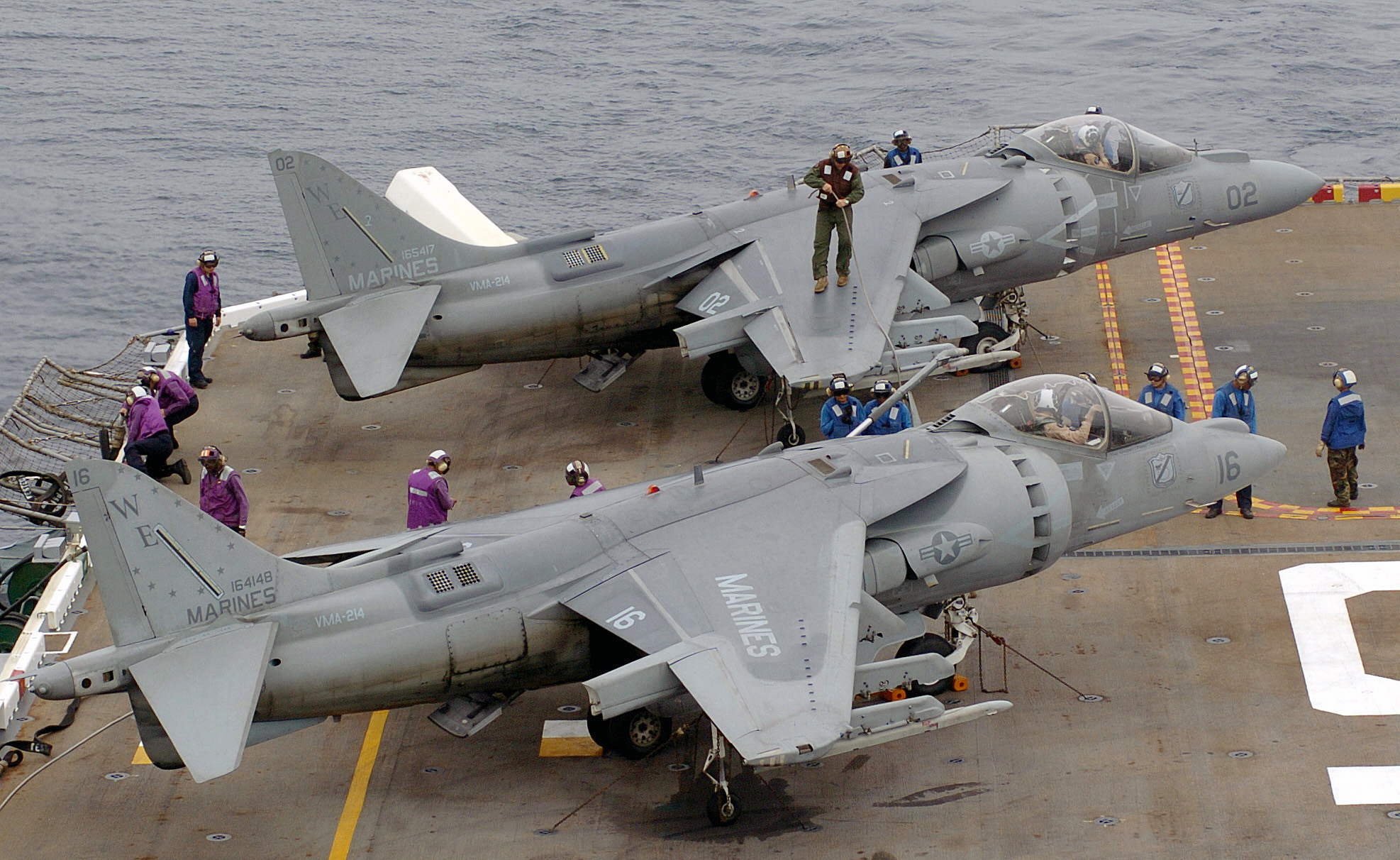
VMF-214 Was assigned to U.S.S.Sicily CVE-118 during the Forgotten War. Why was the VMF Designation left off??